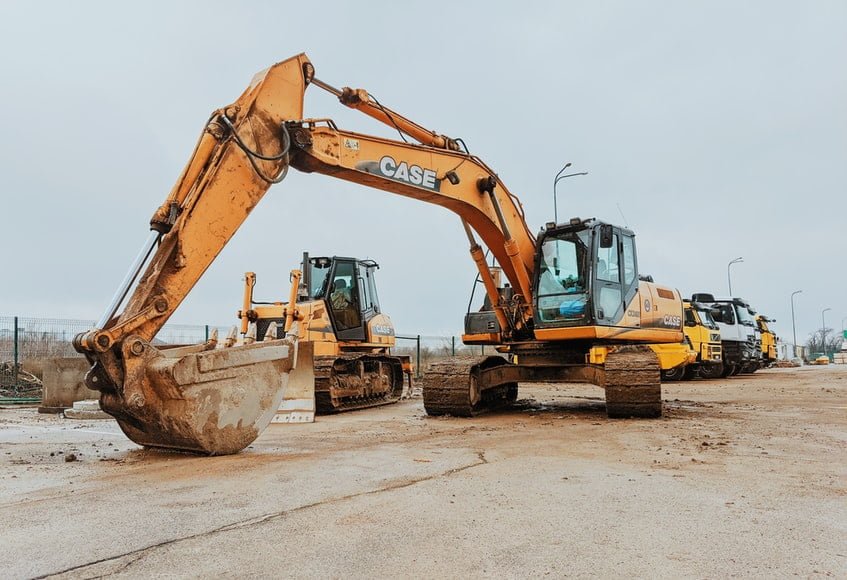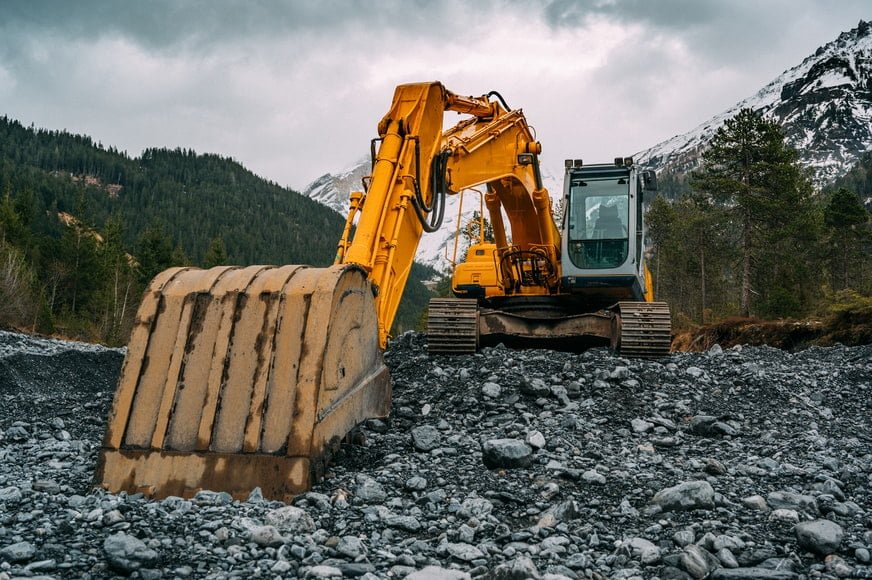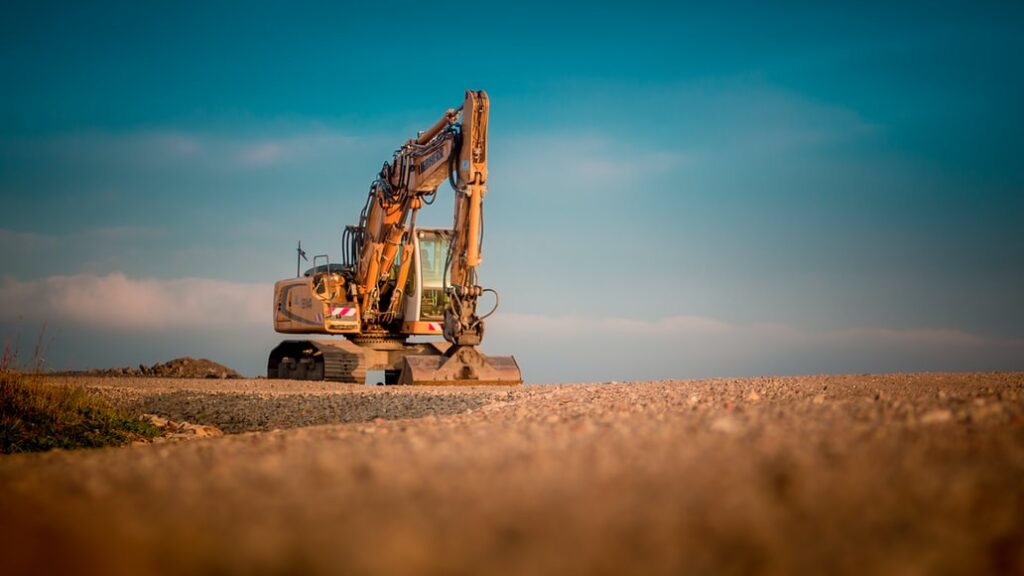Who Knew Excavators Were So Interesting?
by Sumona Technology Published on: 20 December 2021 Last Updated on: 28 September 2022

Excavators are heavy-duty pieces of machinery that are often found on mining and construction sites. There are different types from bucket excavators to hydraulic excavators and each type comes with a wide range of attachments. These powerful machines have revolutionized the building industry.
If you’re looking for a machine to simplify your life you may look for a 5-tonne excavator for sale and for many scenarios it should provide you with everything you need to get the job done—quickly and efficiently. But how did we get to this point of them being so important to construction projects?
In today’s article, we are going to learn more about these fascinating machines. Here are some of the most interesting facts we could track down.
The History of Excavators

The first excavator can be traced back to 1796, to the grandfather of the modern hydraulic excavator. Known as the steam shovel, it was patented in 1939 by William Otis. This device used chains, pulleys, and gears that gave it the ability to move the earth more easily. It was used for railway expansion and was mounted onto the railroad tracks.
In the 1930s with the invention of steel cables, the device was upgraded with 360-degree rotation, and it became more mobile.
Excavator Defined
An excavator sometimes referred to as a backhoe or digger, is a piece of heavy construction equipment. They are used to dig the ground or move around heavy objects. The digger will either be fitted with wheels or with tracks. If the ground is unstable or muddy then tracks would be the better option.
Over the years, earthmovers have advanced to integrate a variety of different models. The mini excavator offers slightly less digging power but is perfect for landscaping and small construction jobs.
Size Does Matter
There is a bit of a debate going on as to the world’s largest excavator. Most people insist that the Bucyrus RH400 holds the title. This machine is massive and served as the inspiration for the Deception Demolisher in the Transformers 2 movie. It weighs in at 980 tons and is three stories high.
This powerful machine can excavate 9,000 tons in an hour, so it gets the job done quickly.
If you want to buy a mini excavator, you can always look at great options from JCB. At the end of the day, it all depends on the kind of work you want the excavator to perform. For small jobs or tight spaces, mini excavators are the best way to proceed. For larger construction sites, bigger ones will always be more efficient.
The world’s heaviest excavator is the Bagger 293 bucket wheel excavator. It was manufactured by the German company TAKRAF. It weighs 14,200 tons and requires a crew of five to operate it. This machine can move 8.5 million cubic feet in a day.
Making Light of the Workload
In the past, the work would have been done by hand, which takes a lot of time and effort. An excavator is an invaluable piece of equipment, as it does the work of 20 manual laborers working on the same project. This boost of workflow allows work to be completed speedily.
Cable vs Hydraulic Excavator
The difference between the cable and hydraulic excavator is how the parts move. A cable excavator uses a series of steel wires and cables to move the main parts. Hydraulic excavators work by allowing the driver to use levers to control the movement. The hydraulic fluid pushes and moves the cylinders that control the bucket and the boom.
Types of Excavators
There are six main types of excavators available to purchase. These include:
- Crawler excavators: This is the type you’re most likely to recognize. It’s used for mining, digging trenches, and landscaping. It is available with wheels or with tracks.
- Dragline excavators: Much larger in size, it uses a hoist rope and dragline system to move the earth for underwater projects.
- Suction excavators: These use jets and high-pressure vacuums to clear debris, dirt, and soil. It’s mostly used for underground projects, clean up and delicate projects.
- Long reach excavators: The arm of this excavator can reach up to 100 feet with attachments. It’s perfect for heavy-duty digging and industrial projects.
- Mini excavators: Another popular option, this excavator is a more compact version of a crawler. Perfect for small landscaping jobs and delicate terrain removal.
- Wheeled excavators: This is the same as a regular excavator, but it’s fitted with wheels instead of tracks. A wheeled excavator is more popular as it can travel around on the city roads and is not limited to a certain terrain.
The main manufacturers include:
- Caterpillar
- Volvo
- Komatsu
- John Deere
Attachments and Fittings

There are numerous attachments that can turn your excavator into a Swiss army knife of the construction industry. This means it’s capable of completing a number of different tasks. Each attachment allows the digger to perform a specific function. The traditional excavator comes fitted with a bucket, usually either one of the following:
- Rock bucket: It has longer, sharper teeth than a digging bucket.
- V-bucket: This one simplifies the task of digging trenches and laying utility cables.
Other attachments available can be used for digging holes, breaking apart rocks, tearing up concrete, and compacting.
Final Thoughts
There is no denying that the construction industry would look a lot different if the humble excavator hadn’t been invented! The fact that it can accomplish the same task as 20 men is an amazing accomplishment. Which fact about these machines surprised you the most? What other topics would you like to know more about?
Read Also:







































































































